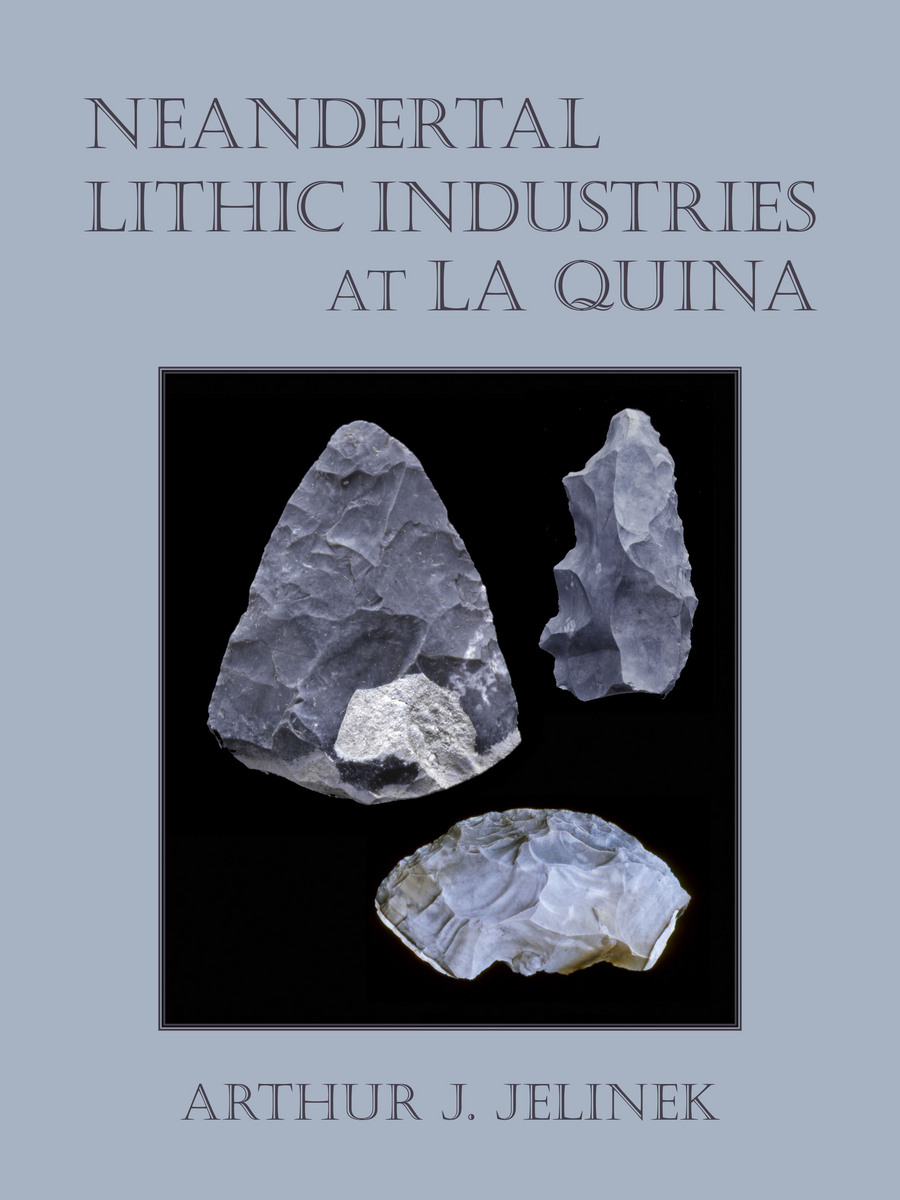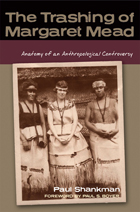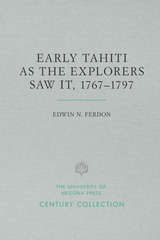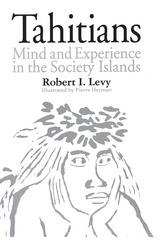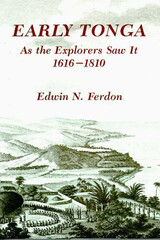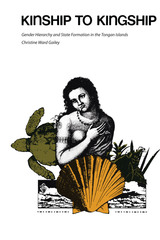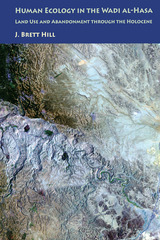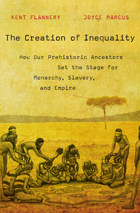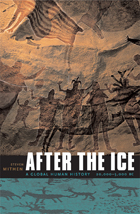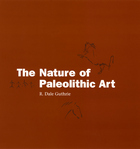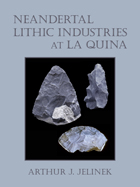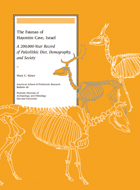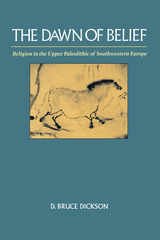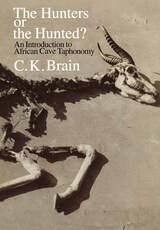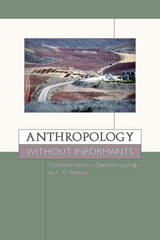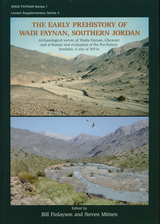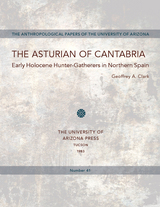Neandertal Lithic Industries at La Quina
University of Arizona Press, 2013
eISBN: 978-0-8165-9988-2 | Cloth: 978-0-8165-2246-0
Library of Congress Classification GN772.2.M6J45 2012
Dewey Decimal Classification 569.986094464
eISBN: 978-0-8165-9988-2 | Cloth: 978-0-8165-2246-0
Library of Congress Classification GN772.2.M6J45 2012
Dewey Decimal Classification 569.986094464
ABOUT THIS BOOK | AUTHOR BIOGRAPHY | REVIEWS | TOC
ABOUT THIS BOOK
Although Neandertals lived in Europe and western Asia for more than 200,000 years, we know surprisingly little about them or about their everyday lives. Evidence of their behavior is largely derived from the surviving pieces of chipped stone and animal bone that resulted from their activities. One of the largest concentrations of stone and bone artifacts left by Neandertals was at the famous archaeological site of La Quina in southwestern France.
This study of the significance of changes through time revealed by an analysis of the chipped stone at La Quina reports on the excavations of the Cooperative American–French Excavation Project from 1985 to 1994. It moves beyond the largely descriptive and subjective approaches that have traditionally been applied to this kind of evidence and applies several important quantitative analytical techniques. These new approaches incorporate the history of previous excavations at the site, the results of the work of the Cooperative Project, and the most recent scientific understanding of relevant climatic changes.
This is a major contribution to our understanding of Neandertal behavior and industry. It adds new dimensions and perspectives based on innovative techniques of analysis. The analytic methods applied to lithic artifacts that form the heart of the book are the product of considerations about how to best interpret a sequence of multiple contextual samples. The author concludes the book with an extraordinarily useful chapter that places his findings into the larger context of our contemporary knowledge of Neandertal life in the region.
The book comes with a compact disc, which includes coded observations used in the analysis in as many as 47 data fields for the more than 11,500 artifacts that will allow professionals and students to further explore the collection of lithic artifacts.
This study of the significance of changes through time revealed by an analysis of the chipped stone at La Quina reports on the excavations of the Cooperative American–French Excavation Project from 1985 to 1994. It moves beyond the largely descriptive and subjective approaches that have traditionally been applied to this kind of evidence and applies several important quantitative analytical techniques. These new approaches incorporate the history of previous excavations at the site, the results of the work of the Cooperative Project, and the most recent scientific understanding of relevant climatic changes.
This is a major contribution to our understanding of Neandertal behavior and industry. It adds new dimensions and perspectives based on innovative techniques of analysis. The analytic methods applied to lithic artifacts that form the heart of the book are the product of considerations about how to best interpret a sequence of multiple contextual samples. The author concludes the book with an extraordinarily useful chapter that places his findings into the larger context of our contemporary knowledge of Neandertal life in the region.
The book comes with a compact disc, which includes coded observations used in the analysis in as many as 47 data fields for the more than 11,500 artifacts that will allow professionals and students to further explore the collection of lithic artifacts.
See other books on: Jelinek, Arthur J. | Mousterian culture | Neanderthals | Stone implements | Tools, Prehistoric
See other titles from University of Arizona Press
